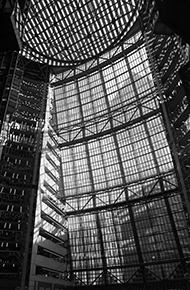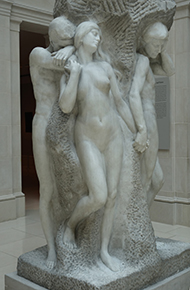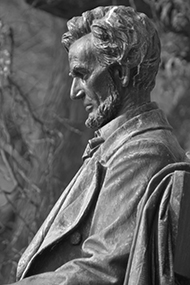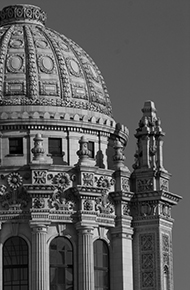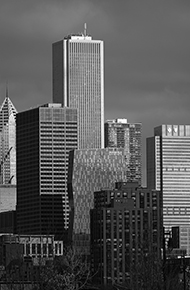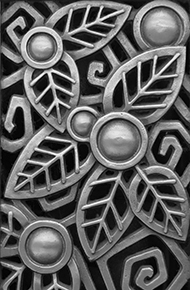THE FILES at full resolution are 3000 X 4500 pixels and are licensable for single, personal use with online purchase AT 75 USD. Additional rates for for Business Use, or Publication apply.Please email GREGORY H JENKINS ARCHITECT for further information.


D.H. BURNHAM & COMANY
MARSHALL FIELD & COMPANY 1902
State Street at Randolph. Chicago
MARSHALL FIELD & COMPANY CLOCK. 1902
State Street at Randolph. Chicago
UNION STATION
50 Massachusetts Ave NE.Washington DC


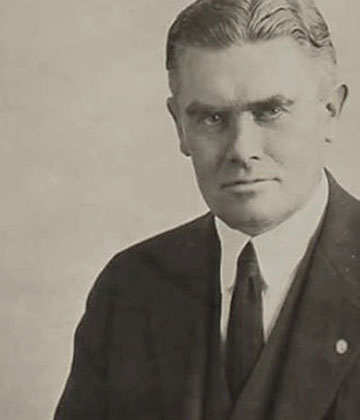
175 West Jackson Blvd
Chicago
PEOPLE'S GAS
122 South MIchigan Avenue
Chicago
EIGHTY MAIDEN LANE
NEW YORK
SELFRIDGE & Co 400 Oxford Street
London
STEVENS BUILDING
17 North State
Chicago


GRAHAM ANDERSON PROBST & WHITE
CONTINENTAL & COMMERCIAL BANK
208 South Lasalle Street
Chicago
FIELD MUSEUM OF NATURAL HISTORY
1200 South Lake Shore Drive
Chicago
UNION STATION
225 South Canal Street
Chicago
ILLINOIS MERCHANTS BANK
231 South LaSalle Street
Chicago
Eight Featured Photos
Index of Architects
The Beaux Arts
Talls and Supertalls
The Chicago School
Daniel Burnham
Eight Featured Photos
Index of Sculptors
Public Art and Monument
Architectural Ornament
Beyond the Loop
Lorado Taft
WILLIAM PEIRCE ANDERSON was born to parents Hugh and Hannah Louisa Peirce on February 20, 1870. Young Anderson moved to Salt Lake City, Utah when his family converted to Mormonism, but returned to New York to attend the Riverview Military Academy in Poughkeepsie. He continued his education at Harvard,completing undergraduate work in 1892. He then continued with 2 years of postgraduate studies in electrical engineering. Anderson entered the Atelier Paulin in Paris in 1894 to prepare for the entrance examination at the Ecole des Beaux Arts, where he studied from 1897 until 1899. After travelling abroad in Italy, France and Spain, Anderson joined the firm of D.H. Burnham and Company.
Anderson had interviewed in Burnham's office in 1894 where Daniel had encouraged him to pursue studies in architecture at the Ecole. Anderson joined the firm in 1900. His first assignment was the new Marshall Field & Company store at State Street and Randolph. From 1908 until 1912 he was Burnham's Head of Design. After Daniel Burnham's death in 1912, he was assigned a similar position in the newly formed Graham Burnham and Company. In 1917 he was made partner in charge of design at the firm of Graham Anderson, Probst and White. He died in 1924, survived by his sister, Mary Louisa. No Architect, more than Anderson, worked longer or more consistently to translate Daniel Burnham's classic vision to reality. From the Field Museum, to the foot of LaSalle Street, to Union Station, Anderson's work changed the face of Chicago. His Marshall Field Clock is loved by all.














